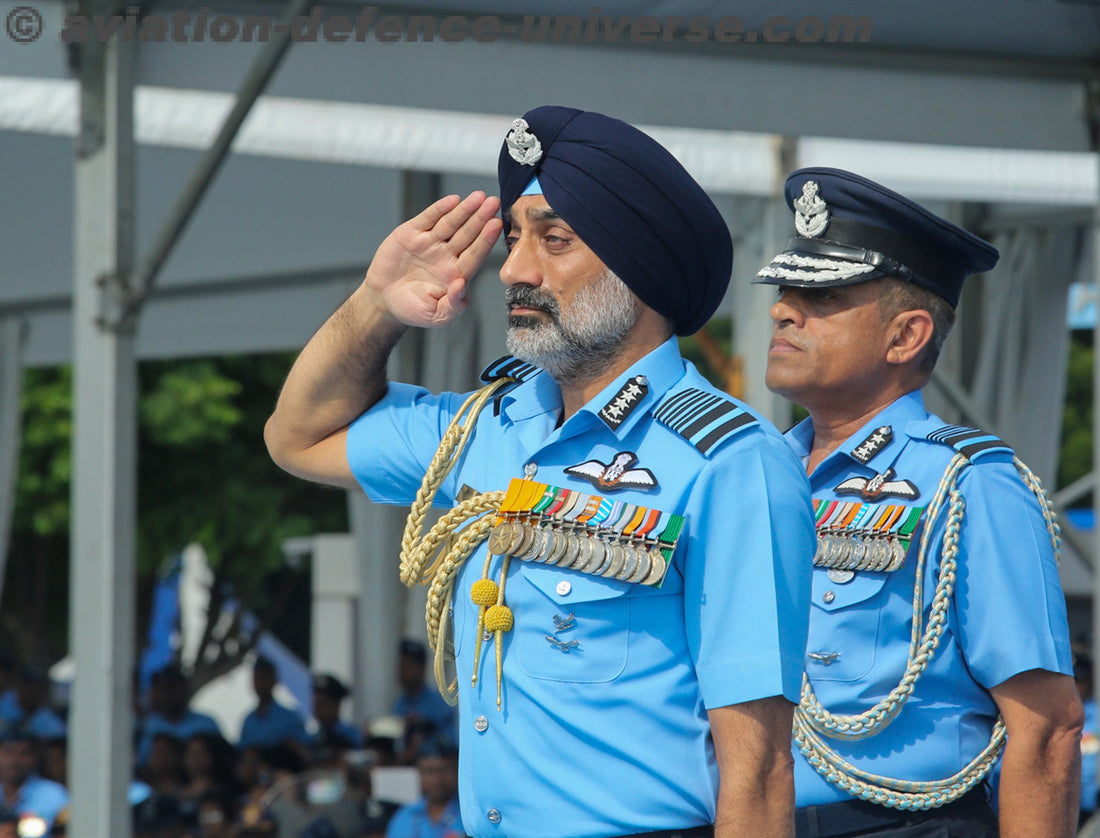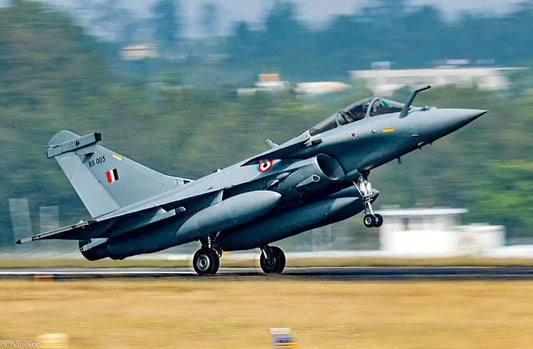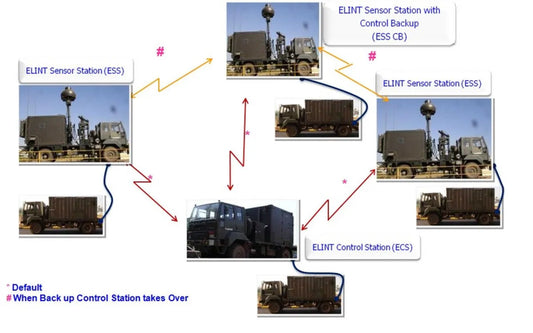Understanding the Salary of the Indian Air Force Chief: An In-Depth Analysis

The Indian Air Force (IAF) is a critical component of the nation's defense strategy, tasked with maintaining air superiority and readiness. Central to this role is the Air Chief Marshal (ACM), who not only oversees air operations but also serves as a key military advisor to the government on aerial matters. This pivotal role comes with significant responsibilities and a compensation package reflective of its importance. Understanding the salary of the Air Chief Marshal provides insight into the financial valuation of military leadership by the Indian government.
The financial remuneration of the Air Chief Marshal is influenced by several factors, including comparisons with similar positions in the armed forces and future compensation trends.
Historical Context
Since the Indian Air Force was established in 1932, the role of the Air Chief Marshal has undergone substantial changes. Early salary structures were modest, based on British military standards. Post-independence, these standards evolved to reflect a more localized approach. Initially constrained by limited budgets after independence, the Indian Armed Forces saw increased financial allocations for defense over time, especially after significant conflicts like the 1962 Sino-Indian War and the 1971 Indo-Pakistani War. Consequently, the remuneration for positions such as the Air Chief Marshal increased, aligning with national security needs.
The Salary Structure of the Air Chief Marshal
The salary of the Air Chief Marshal is primarily guided by the 7th Pay Commission, which redefined financial stipulations for defense personnel. Key elements of the Air Chief Marshal's monthly salary include:
Basic Pay
The basic pay for the Air Chief Marshal is approximately ₹2,50,000 per month, classified under Pay Level 18, the highest category set by the 7th Pay Commission for senior officers in the armed forces. Although variations may exist based on different sources, this figure consistently averages around this amount.
Military Service Pay (MSP)
Beyond the basic pay, the Air Chief Marshal receives a Military Service Pay (MSP) of ₹15,500. This allowance compensates for the unique challenges and risks associated with military service, incentivizing commitment to demanding roles.
Total Salary
Incorporating various allowances, the total monthly salary for the Air Chief Marshal ranges from ₹2,50,000 to ₹3,00,000. This includes several administrative benefits such as:
- House Rent Allowance (HRA): Compensates for housing expenditures based on location.
- Dearness Allowance (DA): Mitigates inflation impact, fluctuating with the Consumer Price Index.
- Transport Allowance: Covers travel expenses for operational readiness and commutes.
- Performance-Linked Benefits: Additional perks based on performance incentives.
Additional Benefits
The Air Chief Marshal's role comes with numerous benefits, reflecting its high responsibilities, including:
- Government Accommodation (or HRA): Provision of official residence or allowance for housing costs.
- Transport and Healthcare Facilities: Extensive transport privileges and comprehensive healthcare for the officer and family.
- Pension Provisions: A robust pension scheme ensures post-retirement security.
Comparative Analysis: Air Chief Marshal vs. Other Military Heads
The Air Chief Marshal's salary package ensures parity with the Chiefs of the Army Staff and the Navy. This equivalence reflects the interconnected nature of their responsibilities and roles, fostering unity among the military branches.
- Chief of Army Staff and Chief of Naval Staff: Their salaries align closely with the Air Chief Marshal, promoting equal pay and shared purpose.
Statistical Data and Research Insights
Understanding the Air Chief Marshal's compensation sheds light on broader military remuneration discussions in India. A significant factor is how these financial factors adapt to the country's economic framework to retain qualified personnel within the forces.
- Government data indicates approximately 2.5% of India’s GDP was allocated to defense spending in 2023, reflecting an increase aimed at addressing strategic needs. This trend suggests future adjustments in salaries and allowances, responding to inflation and fiscal policies.
Challenges and Solutions
Despite relatively high salaries and benefits, the IAF and its leadership face several challenges:
- Retention of Personnel: The IAF faces pressure in retaining skilled officers amidst a competitive job market, where the financial package competes with private sector opportunities.
- Public Perception: Transparent and acceptable remuneration packages are vital in a democracy like India, addressing public concerns about military pay compared to other professions.
Proposed Solutions
- Enhanced Career Progression: Clear pathways for advancement and professional development can make military careers more appealing.
- Public Engagement: Campaigns to educate the public on military personnel roles and challenges may foster greater appreciation and support for their financial packages.
Future Trends and Predictions
The future of salary and compensation structures for military personnel is poised to evolve with changing economic conditions and demographic factors. Key considerations include:
- Increased Budgets: Geopolitical tensions and modernized equipment needs suggest rising military budgets, potentially improving senior officers' pay.
- Policy Reforms: Reviews like the 8th Pay Commission may lead to adjustments aligned with rising living costs and inflationary pressures.
- Greater Digital Integration: Technology's role in defense operations may necessitate new salary structures reflecting evolving skill sets and responsibilities.
Conclusion
The salary of the Indian Air Force Chief highlights the challenges and responsibilities that come with senior military leadership. With a compensation structure encompassing fixed salary, military service pay, and various allowances, the role of Air Chief Marshal aligns financially with its significant contribution to national security. This framework not only acknowledges the importance of air capabilities but also ensures equity among armed forces leaders. As India's defense sector continues to evolve, it is crucial to adapt financial policies to address challenges related to personnel retention, public perception, and the dynamic geopolitical landscape. The government's commitment to modernizing compensation models underscores its dedication to those safeguarding the nation.



















